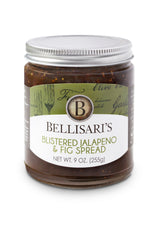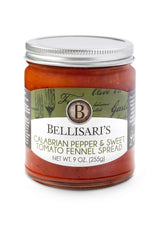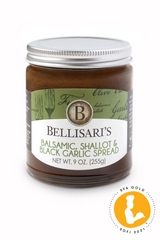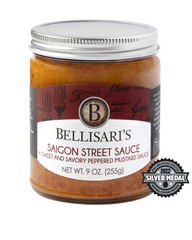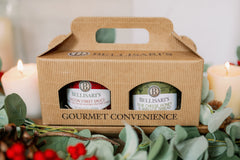
It seems like in this age of social media, food presentation has become even more important than ever before. Seeing diners taking photos of beautifully presented food is a very common occurrence. The fact is that whether you plan to post a pic of your food or not, visual appeal can be just as important as the taste of the food.
As home cooks, most of us are more worried about getting dinner on the plate than what that plate looks like; however, with just a few details, you can make your meals more appealing than ever. Properly and artfully plated food simultaneously appeals to the senses of sight, smell, and taste. These tips can help:
Preparation – “Mise en place” is a French culinary phrase which means "putting in place" or "everything in its place". It refers to the setup required before cooking and is often used in professional kitchens to refer to organizing and arranging the ingredients. At home, you may think it’s a wasted step, but it can save time in the long run. Preparing your recipe, kitchen tools, and ingredients in advance, and keeping a clear workspace will save you a lot of time and stress later.
Write out the steps -- It is helpful to write down every step required to create the meal, which may include everything from your tools and utensils to your ingredients. Be sure to list the ingredients in order, so nothing is forgotten. A handwritten list is typically best — following a recipe from your phone can be difficult, since reading small text and scrolling can easily cause you to miss a step. Being organized will allow time for creativity when plating.
Experiment and have fun! -- As with any creative endeavor, trying new things can be a huge part of the allure. Try mixing and matching the colors and textures of your food to add to its appearance and flavor. Brightly colored foods are pleasing to the eye. Choose dishes with ingredients that look nice together and try to avoid foods with the same color scheme. Including bright vegetables in your recipes can add a pop of color to an otherwise dull dish. Foods with bland colors can be made to look more exciting and tastier with the addition of bright, interesting garnishes. Garnishes should always be edible and add to the flavor of the dish. Edible flowers, citrus zest or wedges, infused oil, chopped herbs, cream or sauce, and even whole spices are commonly used garnishes. Consider yourself an artist, with the blank plate as your canvas and your ingredients as your medium.
The ideas for creatively plating food are endless. Experimenting with three-component meals containing a protein, starch, and vegetable is an easy way to start and offers many opportunities to experiment with layers and height. Proteins on top of starches are a popular layering method — think steak over mashed potatoes or sliced chicken on top of rice.
Experiment with all your food components until you find a pleasing balance of colors, textures, heights, and flavors. Add garnishes like drizzles, swirls or dollops of sauces, oils, or condiments. Use a clean kitchen towel to wipe around the edge of your plate for a neat presentation. Then stand back and wait while someone inevitably takes a picture to post on Instagram!

